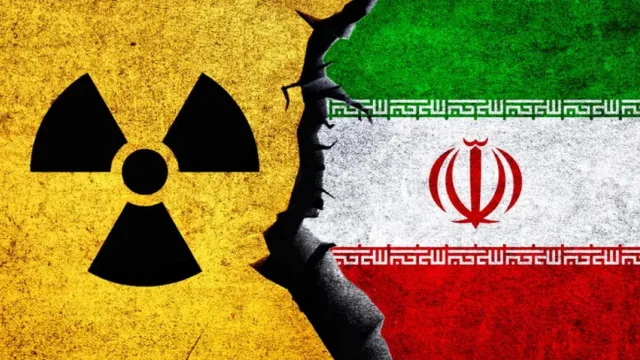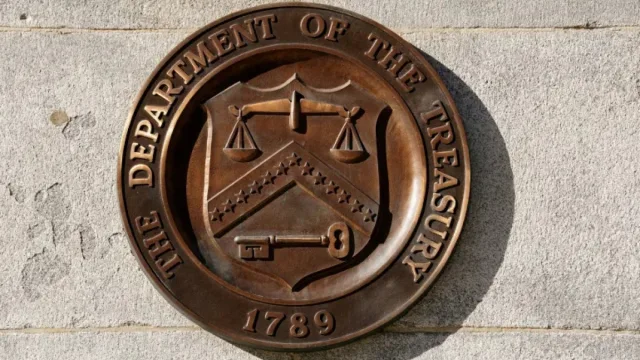Somalia’s food security crisis is expected to worsen over the next several months following poor performance…

Somalia’s food security crisis is expected to worsen over the next several months following poor performance of the major rainy season (Gu), shrinking humanitarian assistance and access, increasing malnutrition, conflict and surging food prices, analysts have warned. A severe water shortage is also expected in the months to come.
In early February 2014, The FAO’s Food Security and Nutrition Analysis Unit for Somalia (FSNAU) and the Famine Early Warning Systems Network (FEWS NET), estimate that 857,000 people remain in Crisis and Emergency (IPC Phases 3 and 4)[1] requiring urgent humanitarian assistance through June 2014. An estimated 203,000 acutely malnourished children under the age of 5 also require urgent treatment and nutrition support through mid 2014.
However, substantial population displacement and sharp increase in cereal prices due to trade disruptions in parts of Southern Somalia following the Government’s military offensive against insurgents in March; late and largely below normal Gu (April-June) rainfall in most parts of Somalia and a general increase incereal prices, among other factors are worsening an already acute crisis.
Rainfall data collected and analyzed by FAO’s Water and Land Information Management Unit (SWALIM) suggests that the Gu rains were erratic in nature starting late and ending early with very poor spatial distribution across the Horn of Africa nation. Most rainfall observing stations recorded less than 50 percent of normal rainfall during the season and water levels in the Juba and Shabelle are currently low. This is expected to lead to faster depletion of available water sources. Consequently, as the dry season (July-September) advances, severe water scarcity is likely to hit the country’s livestock sector, which employs 65 percent of Somalia and a major source of foreign earnings.
In urban areas affected by trade disruptions, cereal prices have increased by 40 to 60 percent since March 2014, well above normal levels.
As a result, the worst affected areas where deterioration is expected in the food security situation to Crisis (IPC Phase 3) in the August-December 2014 period include: agropastoral and conflict affected urban populations in Bakool; parts of agropastoral populations of Gedo and Middle Juba regions; agropastoral, riverine and conflict affected urban populations in Hiran; and parts of Lower Shabelle region and Cowpea Belt of Central Somalia. Food security Crisis (IPC Phase 3) is expected to persist in Middle Shabelle and coastal areas of Central and Northeast. Food security is expected to deteriorate from Crisis (IPC Phase 3) to Emergency (IPC Phase 4) among displaced populations in Mogadishu where rates of acute malnutrition and mortality levels have surpassed emergency thresholds.
July to September is a normally dry period across most of Somalia. However, due to the late start, below average amount and early cessation of the April-June mainrains, a prolonged dry season is expected before the start of the October-December rains and this is expected to lead to severe water shortages in areas that received little or no rains over the past three months.
In releasing this early warning information experts urge that it should beused as a trigger for early action to address urgent humanitarian needs.





